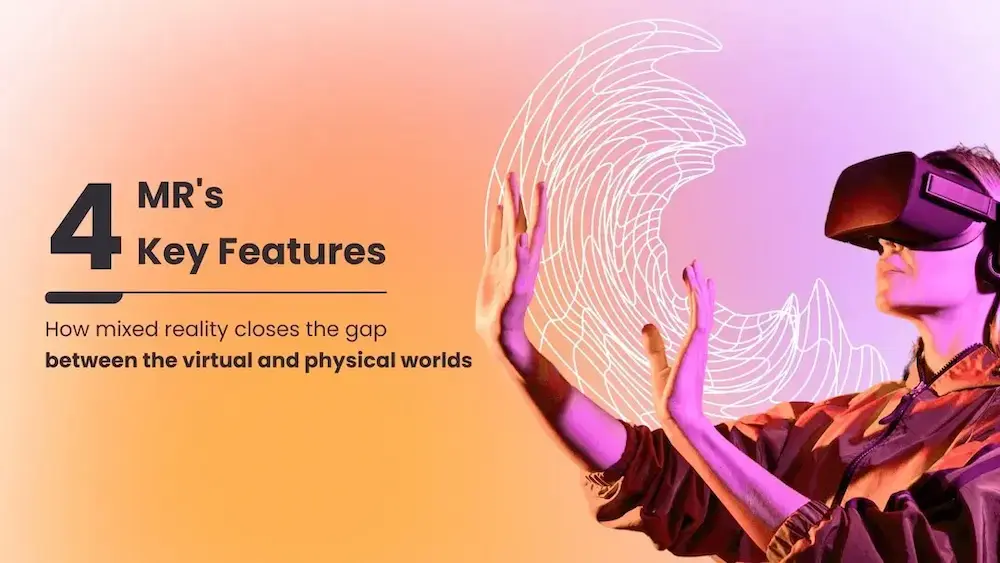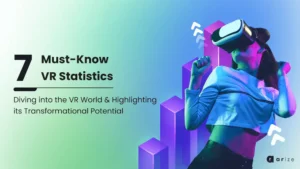As the world begins to develop at an increasing pace, new technology takes the world by storm every few years and promises to revolutionize our way of living. So it is with immersive technologies, the next step in the evolution of the internet and everything it transforms.
While augmented reality (AR) and virtual reality (VR) are well-known to the world at enormous thanks to books, films, and their everyday applications, the third immersive technology, mixed reality (MR), is not so well-known and often overlooked when it comes to discussions.
So, what exactly is MR, how does it vary from AR and VR, and what are its essential features? Let’s take a look.
What is Mixed Reality?
As the name suggests, MR merges physical reality and digital material, allowing interaction with both elements. So, how is it different from AR and VR?
MR differs from virtual reality as it combines physical and digital worlds, whereas VR immerses users in a digital environment.
This makes many people think it is just another augmented reality type that mixes the two worlds. However, the ability of mixed reality to allow interaction with both the physical and digital elements of these worlds means it is further along the scale than the experience provided by AR.
Through MR programming, people can interact with digital items as if they were real, so your desktop could become an interactive touchscreen or an avatar created through MR can sit on the sofa next to you.
What are MR’s Key Features?
While MR helps to close the gap between the virtual and physical worlds, there are a few essential characteristic features to note:
3D Objects
The generation of three-dimensional holograms is essential to a genuinely satisfying mixed-reality experience.
Awareness of Surroundings
The capability of MR to comprehend its physical surroundings is also a key component. For MR to demonstrate a real-world experience, it has to leverage data to superimpose virtual elements correctly onto the actual environment the user is in.
User Friendliness
MR uses cameras and sensors to analyze human motions, voice patterns, and other sensory inputs to create a seamless shift between the real and virtual worlds.
For the experience to be believable, there must be a level of mimicry of the real world in the virtual one, letting users assimilate to the environment quickly and easily.
Full Audio
Another key feature of the immersive mixed-reality experience is 360-degree audio.
Mixed Reality, More than the Forgotten Tech
Mixed reality, often overlooked, offers just as much potential as its more renowned XR counterparts. It can provide a unique immersive experience for users when created correctly.



